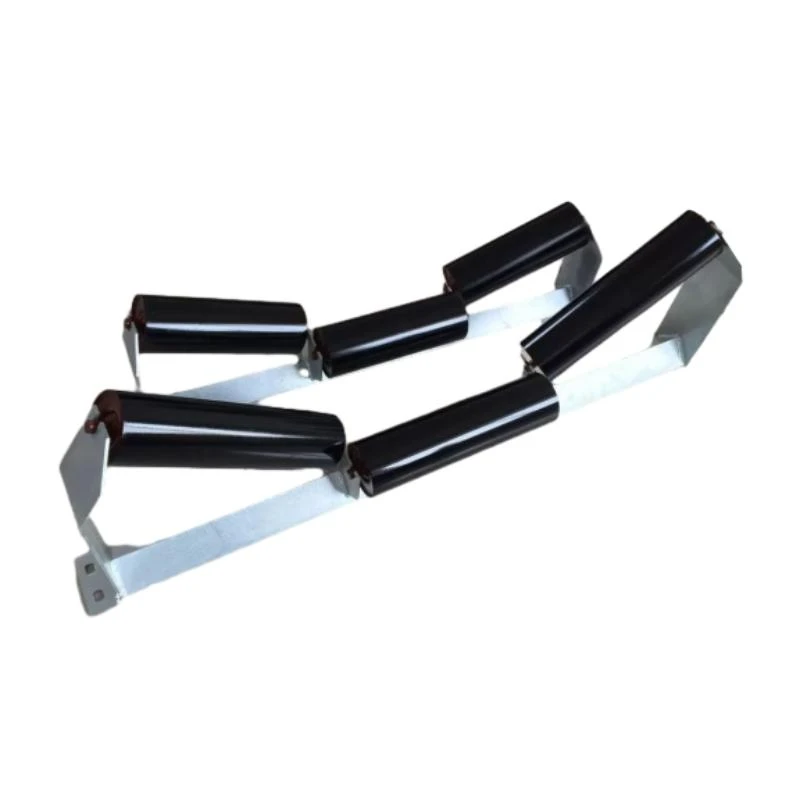 Afrikaans
Afrikaans  Albanian
Albanian  Amharic
Amharic  Arabic
Arabic  Armenian
Armenian  Azerbaijani
Azerbaijani  Basque
Basque  Belarusian
Belarusian  Bengali
Bengali  Bosnian
Bosnian  Bulgarian
Bulgarian  Catalan
Catalan  Cebuano
Cebuano  Corsican
Corsican  Croatian
Croatian  Czech
Czech  Danish
Danish  Dutch
Dutch  English
English  Esperanto
Esperanto  Estonian
Estonian  Finnish
Finnish  French
French  Frisian
Frisian  Galician
Galician  Georgian
Georgian  German
German  Greek
Greek  Gujarati
Gujarati  Haitian Creole
Haitian Creole  hausa
hausa  hawaiian
hawaiian  Hebrew
Hebrew  Hindi
Hindi  Miao
Miao  Hungarian
Hungarian  Icelandic
Icelandic  igbo
igbo  Indonesian
Indonesian  irish
irish  Italian
Italian  Japanese
Japanese  Javanese
Javanese  Kannada
Kannada  kazakh
kazakh  Khmer
Khmer  Rwandese
Rwandese  Korean
Korean  Kurdish
Kurdish  Kyrgyz
Kyrgyz  Lao
Lao  Latin
Latin  Latvian
Latvian  Lithuanian
Lithuanian  Luxembourgish
Luxembourgish  Macedonian
Macedonian  Malgashi
Malgashi  Malay
Malay  Malayalam
Malayalam  Maltese
Maltese  Maori
Maori  Marathi
Marathi  Mongolian
Mongolian  Myanmar
Myanmar  Nepali
Nepali  Norwegian
Norwegian  Norwegian
Norwegian  Occitan
Occitan  Pashto
Pashto  Persian
Persian  Polish
Polish  Portuguese
Portuguese  Punjabi
Punjabi  Romanian
Romanian  Russian
Russian  Samoan
Samoan  Scottish Gaelic
Scottish Gaelic  Serbian
Serbian  Sesotho
Sesotho  Shona
Shona  Sindhi
Sindhi  Sinhala
Sinhala  Slovak
Slovak  Slovenian
Slovenian  Somali
Somali  Spanish
Spanish  Sundanese
Sundanese  Swahili
Swahili  Swedish
Swedish  Tagalog
Tagalog  Tajik
Tajik  Tamil
Tamil  Tatar
Tatar  Telugu
Telugu  Thai
Thai  Turkish
Turkish  Turkmen
Turkmen  Ukrainian
Ukrainian  Urdu
Urdu  Uighur
Uighur  Uzbek
Uzbek  Vietnamese
Vietnamese  Welsh
Welsh  Bantu
Bantu  Yiddish
Yiddish  Yoruba
Yoruba  Zulu
Zulu troughing idlers
Understanding Troughing Idlers Enhancing Conveyor Belt Efficiency
In the world of material handling and conveyor systems, a crucial component that often goes unnoticed is the troughing idler. Troughing idlers play a significant role in the efficient operation of belt conveyors, which are widely used in industries such as mining, agriculture, and manufacturing. Understanding their design, function, and advantages is essential for engineers and operators aiming to optimize conveyor performance and ensure the smooth transportation of bulk materials.
What are Troughing Idlers?
Troughing idlers are designed to support the conveyor belt and help form a trough shape that holds and contains the bulk materials being transported. They typically consist of three rollers, arranged in a triangular shape, which helps in keeping the belt stable and aligned. This design allows for a greater load-carrying capacity, reduces spillage, and ensures that materials are effectively transported from one point to another.
The Importance of Design
The design of troughing idlers significantly impacts the efficiency of conveyor systems. The angle at which the rollers are set, known as the trough angle, is a critical factor. Common trough angles are 20, 30, and 45 degrees, and selecting the appropriate angle depends on the type and amount of material being transported. A steeper angle can accommodate larger volumes but may also increase wear on the belt and rollers.
Moreover, the materials used in the construction of troughing idlers must withstand harsh operational environments
. Heavy-duty materials like steel or high-strength polymers are often used to ensure durability and longevity, minimizing the need for frequent replacements.troughing idlers

Benefits of Troughing Idlers
1. Increased Capacity The trough shape created by the idlers allows for a larger volume of materials to be transported without spilling, maximizing the efficiency of the conveyor system.
2. Reduced Wear By maintaining the alignment and stability of the conveyor belt, troughing idlers help in reducing wear and tear on the belt and other components, leading to lower maintenance costs over time.
3. Effective Dust Control Troughing idlers aid in containing dust and spillage, which not only enhances the cleanliness of the work environment but also reduces potential hazards associated with airborne particles.
4. Versatile Applications This design is particularly beneficial in various applications, from handling loose materials like coal and gravel to more delicate items such as agricultural products. Their adaptability makes them indispensable in many sectors.
Conclusion
In conclusion, troughing idlers are a vital element in the functionality of conveyor systems, contributing significantly to operational efficiency, material containment, and cost-effectiveness. As industries continue to evolve and the demand for efficient material handling increases, investing in high-quality troughing idlers will ensure optimal performance and longevity of conveyor systems. Understanding their design and benefits enables operators and engineers to make informed decisions that enhance productivity and reduce operational challenges in their respective fields.
-
Revolutionizing Conveyor Reliability with Advanced Rubber Lagging PulleysNewsJul.22,2025
-
Powering Precision and Durability with Expert Manufacturers of Conveyor ComponentsNewsJul.22,2025
-
Optimizing Conveyor Systems with Advanced Conveyor AccessoriesNewsJul.22,2025
-
Maximize Conveyor Efficiency with Quality Conveyor Idler PulleysNewsJul.22,2025
-
Future-Proof Your Conveyor System with High-Performance Polyurethane RollerNewsJul.22,2025
-
Driving Efficiency Forward with Quality Idlers and RollersNewsJul.22,2025





























